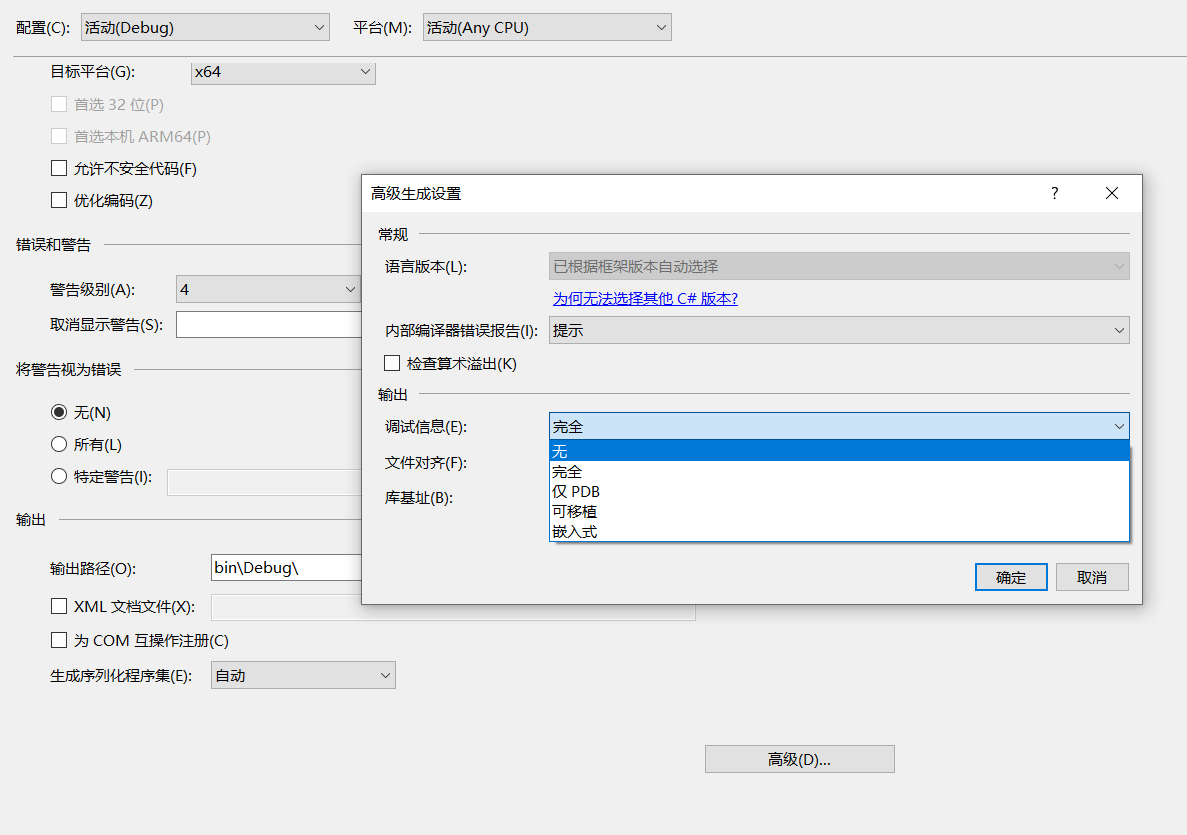From The World in 2007 print edition
It’s simply the best, argues Eric Schmidt, CEO of Google

The internet bubble of the 1990s may have been investor folly but it heralded a new era, the impact of which we are only just beginning to understand. Those years rewrote the rules of production and distribution, bringing unprecedented freedoms to millions of people worldwide—to create and communicate, to organise and influence, to speak and be heard.
The internet is much more than a technology—it’s a completely different way of organising our lives. But its success is built on technological superiority: protocols and open standards that are ingenious in their simplicity. Time after time they have trounced rival telecommunications standards that made perfect commercial sense to companies but no practical sense to consumers. In the battle of the acronyms, IP (internet protocol) has beaten ATM, CATV/Co-ax and the rest because it always means more choice.
But what’s surprising is that so many companies are still betting against the net, trying to solve today’s problems with yesterday’s solutions. The past few years have taught us that business models based on controlling consumers or content don’t work. Betting against the net is foolish because you’re betting against human ingenuity and creativity.
Of course this new technology raises profound challenges for many established companies. Skype, an internet telephony business (voice over IP), is as disruptive to the economics of the telecommunications industry as China has been to the global manufacturing sector. But that disruption is only going to intensify.
In 2007 we’ll witness the increasing dominance of open internet standards. As web access via mobile phones grows, these standards will sweep aside the proprietary protocols promoted by individual companies striving for technical monopoly. Today’s desktop software will be overtaken by internet-based services that enable users to choose the document formats, search tools and editing capability that best suit their needs.



The fastest-growing parts of the internet all involve direct human interaction


Driving this change is a profound technological shift in computer science. For the past 20 years a client-server computing architecture has dominated digital infrastructures. Expensive PCs ran complex software programs and relied primarily on proprietary protocols to connect to bigger—and even more expensive—mainframe servers. The data and the power lived in these computers and their operating systems.
Today we live in the clouds. We’re moving into the era of “cloud” computing, with information and applications hosted in the diffuse atmosphere of cyberspace rather than on specific processors and silicon racks. The network will truly be the computer.
Sophisticated browsers and technologies like LAMP or AJAX—not neon lights or Greek heroes but simple building blocks that enable people to produce and distribute content—are critical in this new world. They are the kind of technologies that transform audio, video, text and digital data into intuitive, easy-to-use services. They make Google, MySpace, YouTube, Gmail, Yahoo! and Microsoft Live possible, and they haven’t even entered adolescence.
Cloud computing is hardly perfect: internet-based services aren’t always reliable and there is often no way to use them offline. But the direction is clear. Simplicity is triumphing over complexity. Accessibility is beating exclusivity. Power is increasingly in the hands of the user.
Just imagine
These trends have three important consequences. First, most new applications can be created using existing software and protocols. Reinvention can be even more powerful and pervasive than invention. Mash-ups—websites that use existing online content to create something entirely new—are becoming the norm. Take a look at environmental champion Jane Goodall’s blog: she has used Google Earth to give people keener views and insights into the nature of nature.
Second, competition has increased and intensified. That stimulates innovation and ensures that products improve faster and become cheaper. If they don’t, users go to a new entrant offering free or better versions.
Third, the creation, consumption and communication of content have increased exponentially. Researchers at the University of California at Berkeley estimate that the world generated five exabytes of data in 2002, double the output in 1999. To translate that into something more familiar, absorbing five exabytes of data on TV would require sitting in front of a screen for 40,700 years.
The lesson is compelling: put simple, intuitive technology in the hands of users and they will create content and share it. The fastest-growing parts of the internet all involve direct human interaction. Think about the blogging phenomenon and social networking sites like MySpace in America, Bebo in Britain, Orkut in Brazil, CyWorld in Korea and Mixi in Japan. In 2007 the virtual communities so prevalent in Asia and among students will become mainstream. Political pundits may claim that society is becoming atomised, but online communities are thriving and growing. The internet is helping to satisfy our most fundamental human needs—our desire for knowledge, communication and a sense of belonging.
Trend is not destiny, of course. But as a no-nonsense sports writer once wrote during the depth of America’s Depression, “The race is not always to the swift nor the battle to the strong—but that’s the way to bet.” We’re betting on the internet because we believe that there’s a bull market in imagination online.
90年代的互联网泡沫也许害了投资者,但它打开了一个新时代的序幕,它的冲击我们今天才开始理解。那几年改变了生产和销售的规则,给数以亿计的人带来了从未有过的自由,去创建、交流,组织并影响,去说和听。
互联网不只是一个技术,它是组织生活的一个全新方式。它的成功建立在技术优势之上:协议和开放标准,它们都很简单。时光飞逝,它们已经打败了旧的通讯标准,那些标准对公司来说是很好的商业模式,但对用户却不是。IP已经打败了ATM,CATV以及同轴电缆等等,这都是因为它能带来更多选择。
但还有公司想反抗互联网,想用旧的方案来解决今天的问题。过去几年中我们已经认识到靠控制消费者和内容的商业模式已经失效了。反对网络也很蠢,因为你是在反对人的独创和创新精神。
这个新技术给许多老公司带来了深刻的挑战。像Skype对通讯业是个颠覆性的力量,正如中国对全球制造业一样。而且这种颠覆只会更强。
2007年,我们将看到开放的互联网标准的垄断更强。随着用手机上网的人增加,这些标准将把某些公司只为追求垄断地位的专有标准扫地出门。今天的桌面软件也将被基于网络的服务替代,它将让用户能选择格式,进行搜索并具有编辑能力。
驱动这一变化的是计算机科学上的深刻的变革。过快20年,客户机-服务器模式一统天下。昂贵的PC机运行着复杂的软件,领先专门的协议连接大型主机。数据及其力量都依赖于这些计算机和操作系统。
今天我们生活中云里面,我们正在进入“计算云”的时代,信息和应用都将存在于赛柏空间的空气中,而不是专门的处理器和硅晶体中。网络将真正地成为计算机。
复杂的浏览器和诸如LAMP和AJAX这样的技术,它们不是霓虹灯也不是希腊英雄,但它们是砖块,可以建起让人们创造并分享内容的平台。它们可以把音乐、视频以及数据变成直接的容易使用的服务,它们让Google/Myspace/Youtube/Gmail,还有Yahoo和MS LIVE成为可能。而它们尚未进入青春期。
计算云远不完美:基于互联网的服务并不总是可靠的,离线就没法用,但方向是清楚的。简单要胜过复杂,人人可用要胜过排他。力量越来越多地存在于用户手中。
这些趋势有3个重要的结果。一,多数新应用能用现在的软件和协议构造出来。重新发明比发明更有力。把现有的线上内容混合起来搞出点新东西将成为常规。 Jane Goodall的blog就使用Google Earth来观察自然。
二,竞争将加强。这位刺激创新,并让服务更快更便宜,如果不是这样,用户就会跑到另一家新开张的网站去。
三,内容的创建、消费和交流将呈指数增长。伯克利的研究人员发现2002年全世界生产了5exabyte的内容,比1999年增长一倍。这些内容如果在电视上放的话,可以连放40700年。
结论很明显:把简单直接的技术放到用户的手中,他们就会创造内容并分享它。互联网上增长最快的部分都有人的交互,比如Blog和社交网络。2007年,在亚洲和学生中流行的虚拟社区将成为主流,学究们会说社会正在原子化,但在线社区却在快速成长。互联网将满足人的大多数需求--对知识的渴求,交流以及一种归属感。
趋势不是宿命。有人在评价“美国大萧条”时说,“竞赛不总是速度,也不总是强壮--而是方向的选择。”我们选择了互联网,因为我们相信在网上有一个正在上升的市场。
